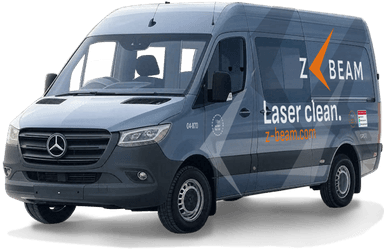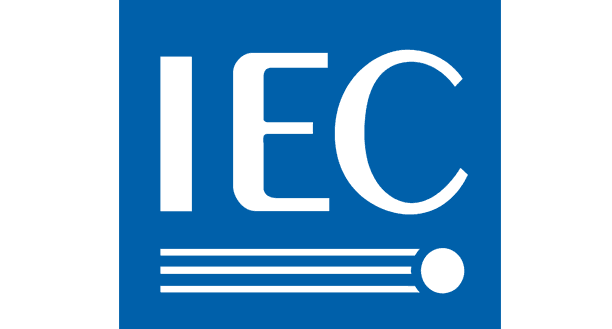
FDA
FDA 21 CFR 1040.10 - Laser Product Performance Standards



When laser cleaning magnesium, I've found it works best to start with lower power settings, as its lightweight nature and high reflectivity set it apart from denser metals like steel. This allows quick contaminant removal without much heat buildup, but always monitor closely to avoid surface melting at the end.
When examining the magnesium surface before laser cleaning at 1000x magnification, we see a rough texture covered in scattered dark patches. Grime and oxide layers cling tightly to the uneven contours, blocking any hint of the underlying metal. These contaminants create a mottled appearance that obscures the material's natural form.
After the laser treatment, the same surface reveals a smooth and even finish under 1000x view. All the grime lifts away cleanly, exposing a bright and uniform gleam

FDA 21 CFR 1040.10 - Laser Product Performance Standards

ANSI Z136.1 - Safe Use of Lasers

IEC 60825 - Safety of Laser Products

OSHA 29 CFR 1926.95 - Personal Protective Equipment